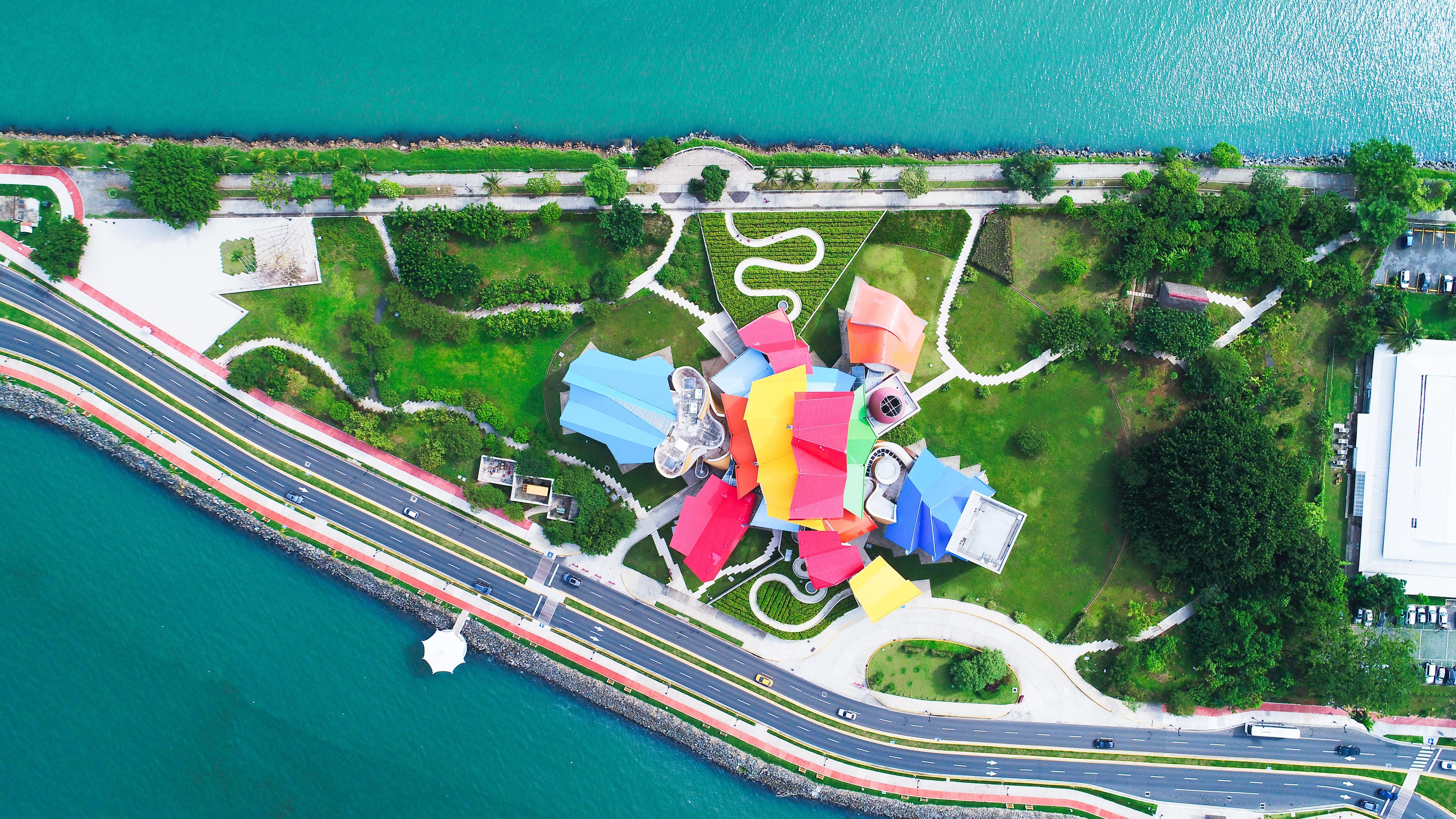Panama City – The vibrant metropolis
Panama City is the national capital of the Republic of Panama and also the provincial capital of the Panama Province, as well as the largest and most modern city in Panama. There are over 1.5 million people residing in the metro Panama City area.
Panama City is a highly multicultural place, with a large diversity of people coming from different parts of the world. Spanish is the official language here, and many speak some English too.
Situated on the Pacific Coast at the entrance of the Panama Canal, Panama City is the political and administrative center of the country. It is also a hub for international banking and commerce. Panama City is the center of banking as it is home to the most modern and successful International Banking Center in Latin America, which offers investors more than 100 banks from over 32 countries across the globe. The city also has a sophisticated technical infrastructure and fiber optics.
One prominent feature the city has is the Panama Metropolitan Nature Park (Parque Natural Metropolitano) which is covered with 573 acres of breathtaking and soothing dry forest. As soon as you exit the park, you can check out the small museum or stop by the library to learn more about the animals inhabiting this beautiful forest.
Panama City offers endless options for its visitors, including high-end retail shopping, restaurants, casinos, and hotels (to name a few: a Trump, Hardrock, and Waldorf Astoria Hotel). Great shopping is available in the malls around Paitilla and Punta Pacifica, Albrook and a growing list of mid-scale to higher end shopping malls popping up around the metropolitan area. You'll find boutiques in the banking district and around Via Espana. Los Pueblos is an outdoor mall where you'll find the same larger discount department stores as in La Central (Central Avenue, now transformed into a pedestrian walkway). There are numerous ethnic stores in certain parts of the city, which are mostly Indian and Chinese.
Panama City's has public transportation, a veritable mix of modern and antiquated, and certainly chaotic system to get around from point A to B. The bus system has been overhauled in part with the introduction of modern, air conditioned buses, however the demand far outwieghs the availability of the new vehicles. The slack is picked up by the infamous Diablos Rojos (Red Devils), which are colorfully adorned, obsolete, unfit for the road, discarded buses purchased mostly from US school districts as they purge these from their fleets. In recent years, the addition of a metro has provided a welcome relief to thousands of daily commuters, making their daily travails more efficient and a faster alternative to the bus system, wherever the metro service is available. Currently the metro is being expanded into the peripheral, populous zones of the metropolitan area. A prepaid card is required in order to board the bus or metro system. The cards can be purchased and recharged in many points of sales throughout the city. The cost of the card is $2.00 USD.
Taxis are abundant, as an alternate means of getting to your destination. Taxi fares are very reasonable as compared to first world cities, however expect to have to flag several taxis before finding one willing to take you to your destination, as the road congestion is a growing problem and taxi drivers often prefer to refuse to take a passenger if the traffic gridlocked. Taxis in Panama don't have meters, so they charge fixed rates based on zones,and they are not compensated for the time they sit in a traffic jam, which explains why taxis often prefer to turn down a passenger.
Panama City's is the economic and financing center of the country, and its economy is mostly service-based, and heavily leans towards tourism, banking, and commerce. The economy depends significantly on trade and shipping activities with the Panama Canal and port facilities situated in Balboa on the Pacific side. The city has witnessed impressive economic growth recently, mainly because of the 5.2 billion dollar expansion of the Panama Canal, a striking increase in real estate investments, and a stable banking sector.
Tourism is one of the most crucial economic drivers that generate substantial revenue. The number of hotel rooms rose by more than ten-fold from 1997 to 2013, with 1,400 and more than 15,000 respectively.
Panama has become a vibrant modern metropolis, with various modern high rise buildings overlooking great views of the city in exclusive residential areas. This includes Punta Pacifica, Punta Paitilla, Bella Vista, Costa del Este, Avenida Balboa, El Dorado, and San Francisco. These areas offer a diverse range of upscale apartments, houses, and condominiums for sale.
Panama has a rich history. It was actually the first to be explored by Christopher Columbus and also the place where the Pacific Ocean was first discovered by the Europeans. When Pizarro and his army managed to steal all the gold and silver from the Incan Empire, they were shipped to Panama and stored in Panama City. The gold and silver were deposited in the treasure house on the Caribbean bayside town or Portobelo where they awaited transport to the Old World. Panama City continued to flourish as an important colonial port until it became the favorite target for pirates with the intent on snatching the Spanish wealth. In 1668, Henry Morgan managed to sack the original Panama City (known as Panama Viejo), set it on fire, and leave the ruins which have been preserved and a must-see for visitors.
[load_module 448]
